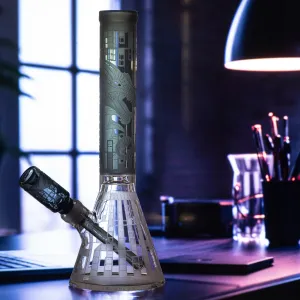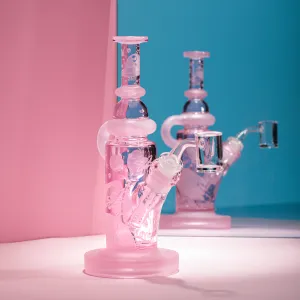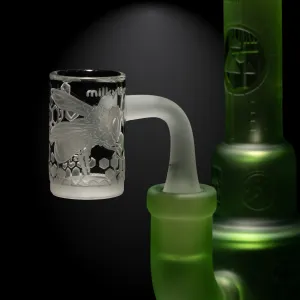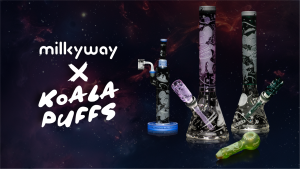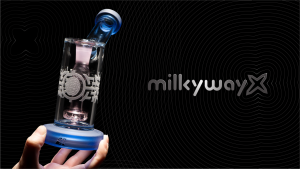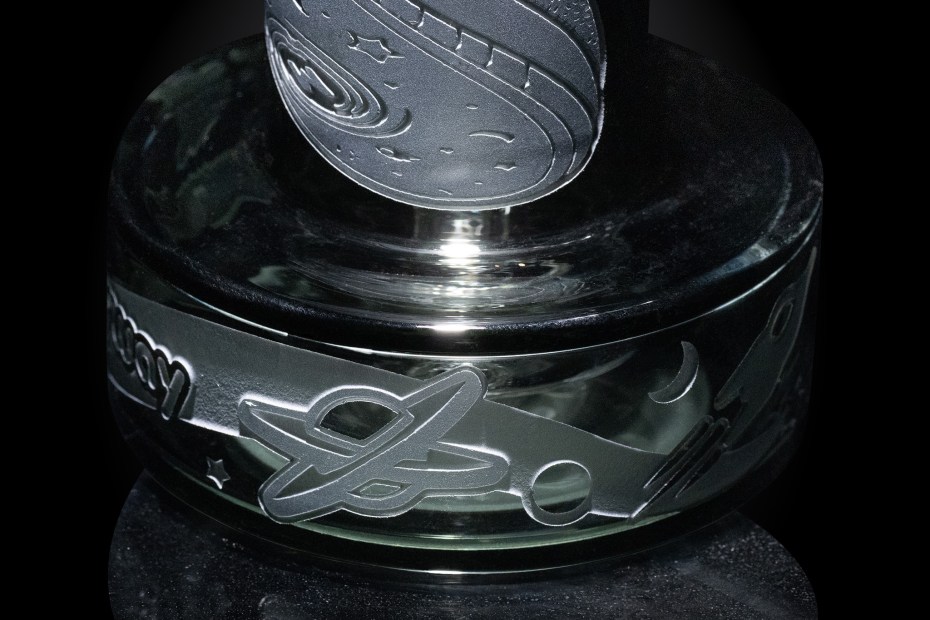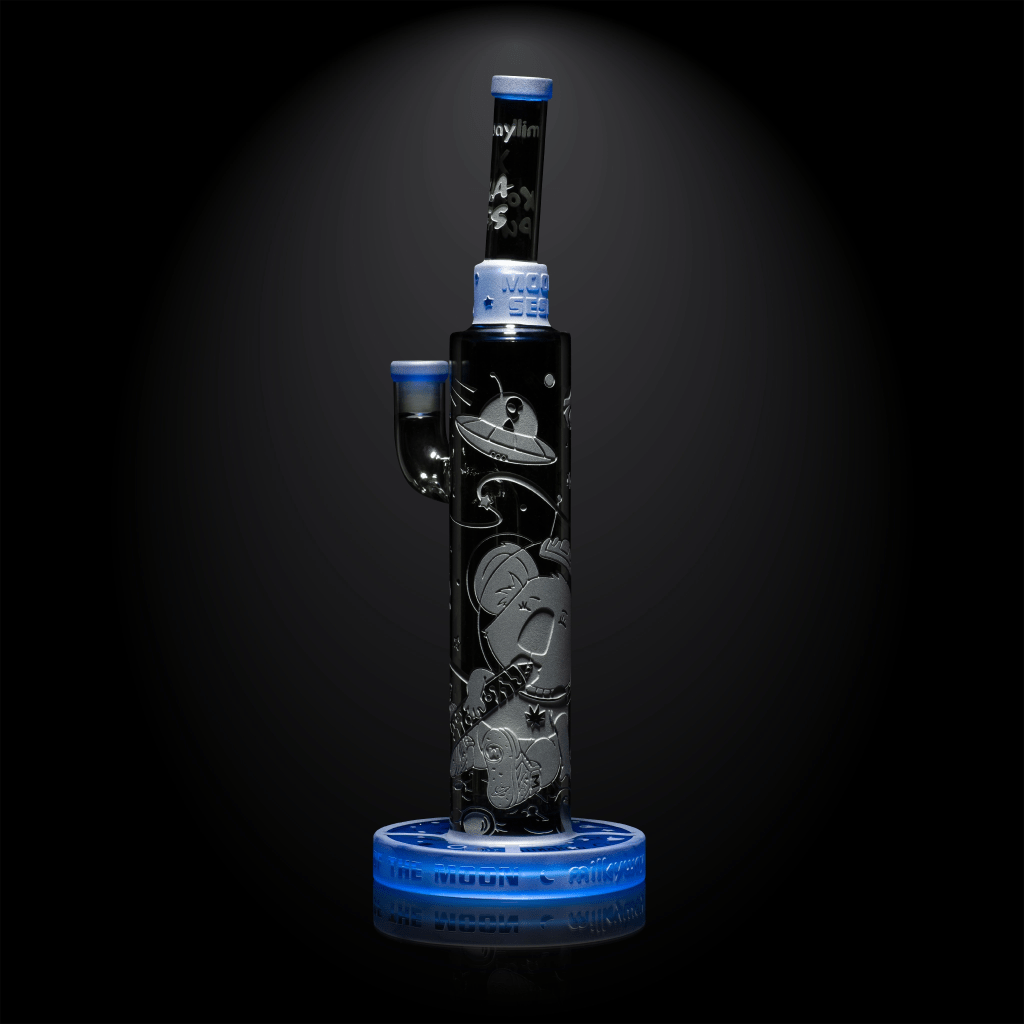What is sandblast?
by milkywayglass / February 10, 2024 / Information / 3 min read
Sandblasting glass is a technique that involves using abrasive materials propelled at high speeds to etch or decorate the surface of glass. This process allows for the creation of intricate designs, patterns, or frosted effects on glass surfaces. Here’s an overview of how sandblasting glass works:
Preparation
The first step is to prepare the glass surface. This involves cleaning the glass to remove any dust, dirt, or oils that might interfere with the sandblasting process. Additionally, any areas of the glass that should remain unaffected by the sandblasting need to be properly covered or masked.
Sandblasting Equipment
Sandblasting requires specialized equipment, typically consisting of a sandblasting machine or cabinet, an air compressor, and an abrasive material. Common abrasives used include sand, aluminum oxide, silicon carbide, or other materials depending on the desired effect.
Creating the Design
The design to be sandblasted onto the glass is either directly drawn or transferred onto a stencil material. Stencils are often made from rubber or vinyl and are cut or applied to the glass surface. These stencils serve as a mask, protecting certain areas of the glass from the abrasive action of the sand.
Sandblasting Process
The sandblasting machine directs a stream of abrasive material at high velocity onto the glass surface through a nozzle. The compressed air from the air compressor propels the abrasive particles. The areas of the glass not covered by the stencil are exposed to the abrasive, resulting in the removal of tiny bits of glass and the creation of the desired design.
Control and Precision
Skilled operators have control over various factors to achieve the desired effect. This includes the pressure of the abrasive stream, the distance between the nozzle and the glass, and the duration of the sandblasting process. These variables influence the depth and intricacy of the etching.
Frosting Effect
Sandblasting can create a frosted effect on glass by uniformly roughening the surface. This effect is often used for decorative purposes or to diffuse light while maintaining translucency. By adjusting the blasting intensity, operators can control the level of frosting.
Cleanup
Once the sandblasting is complete, the glass undergoes a thorough cleaning process to remove any remaining abrasive particles and stencil material. This ensures a clear and polished final product.
Protection for Finished Areas:
If certain areas of the glass were covered during the initial sandblasting, the protective material is removed, revealing the finished design or pattern.
Finishing Touches:
After sandblasting, additional treatments like polishing or coating may be applied to enhance the appearance or protect the glass surface.
Sandblasting glass is a versatile and precise technique that finds applications in creating decorative glassware, signage, architectural elements, and more. It offers a way to add texture, depth, and visual interest to glass surfaces with a high level of customization.
At Milkyway, we’ve perfected this technique and have also made innovations in this area. Our ‘Micro-SB’ and double layer techniques have allowed us to raise our craft to a level nobody else in the industry has done before.
